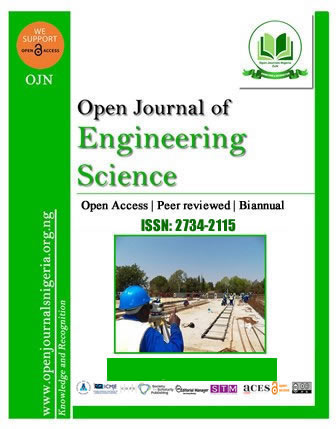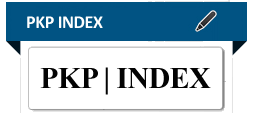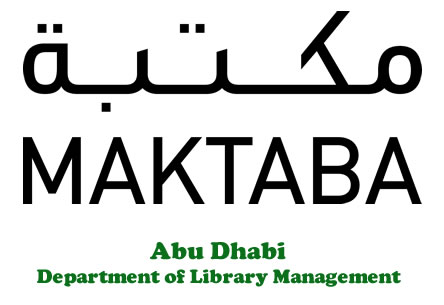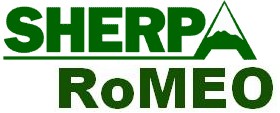ENGINEERING CHARACTERIZATION OF GUM ARABIC BONDED PARTICLE BOARD MADE FROM RICE HUSK AND SAWDUST
DOI:
https://doi.org/10.52417/ojes.v4i1.481Keywords:
Rice husk, Gum Arabic, Saw dust, Particle board, WasteAbstract
The Particle board (PB) was developed using Rice Husk (RH) and Sawdust (SD) with Gum Arabic (GA) resin as binder. The aim of the research work was to explore the engineering viability of GA bonded particle board made from agro-industrial wastes for sustainable environment. It was also to investigatealternative to the high-in-demand conventional particle board made from wood and urea melamine or amino-formaldehyde which is known to be carcinogenic. The RH/GA/SD materials used to produce samples were cheap and locally sourced. For the experiment, the rice husk (RH) content was kept constant although at 65%but the sawdust (SD) and gum arabic (GA) were varied at percentage levels of 5/30%, 10/25%, 15/20%, 20/15%, and 25/10%. After characterization the density of the Pb samples ranged from 447.71 Kg/m3 to 698.84Kg/m3. The compressive, split tensile and flexural strengths ranged from 2.24 to 23.31N/mm2, 1.52 to 3.04 N/mm2 and 1.776 to 4.752N/mm2 respectively. Modulus of elasticity ranged from 33.20 to 158.4N/mm2. The results showed that all the mechanical parameters tested met the requirement of the standards, except for moisture intrusion. The maximum value of water absorption was 7.62% for 2 minutes’ immersion in water as against 0.66% and 3.45% in 12 minutes recommended by European standards. The produced particle board is considered structurally viable in that at its ultimate strength it can serve as load-bearing in spite of relatively low density. To mitigate against water absorption, use of wax, veneer and paints can be introduced.
Published
How to Cite
Issue
Section
Copyright (c) 2023 Mas'ud & Ndububa

This work is licensed under a Creative Commons Attribution 4.0 International License.



















